Most people understand the importance of testing for the existence of mold, asbestos, lead, radon, or other harmful environmental toxins, but they may not be aware of what remediation looks like for these various hazards in homes, buildings, worksites, or properties.
Environmental remediation refers to reducing or eradicating environmental toxins that have been identified, typically by decontaminating surfaces, areas, or even soil and groundwater. Specifically, remediation concerns addressing the toxin from its source. Here are a few types of common environmental remediations:
Mold Remediation
After mold has been discovered, its source must be identified and addressed. Sometimes this form of remediation involves eradicating that source – identifying moisture in the building that caused the mold to flourish, etc. If the mold is widespread, measures such as chlorine bleach or biocides can be utilized to kill the mold that already exists. Typically, a trusted environmental consulting agency will retest the site after several months’ time to guarantee that toxic mold has been eradicated and no longer poses a health risk.
Asbestos Remediation
Asbestos is typically harmless on its own unless it is disturbed, such as during demolition or deconstruction in a building. If asbestos is disturbed, remediation involves sealing off the contaminated area and breaking down the asbestos as efficiently as possible without disturbing more particles, all the while utilizing personal protective equipment (PPE) to reduce the risk of ingesting particles. After containing the asbestos materials in sealed containers/bags, the hazardous material should be properly disposed of.
Lead Remediation
Lead is most commonly found in paint used in older homes before lead-based paint was filtered out. If lead is identified, remediation typically involves destabilizing the hazardous material (such as paint) and replacing the lead components of a building such as paint, walls, windows, etc. with safer materials.
Radon Remediation
Because radon is a hazardous gas, remediating this toxin can be more involved than more physical toxins such as lead or mold. Depending on the location of the radon, remediation can often involve depressurization – drawing air or moisture from contaminated soil or areas and venting away to remove the hazardous gas. If the radon simply needs to be minimized, openings can be sealed to prevent the gas from escaping into the air that can be inhaled by occupants.
The professionals at ETC can assess your property and make recommendations to correct any remediation issues. Please contact our team with any questions or to schedule an inspection.


